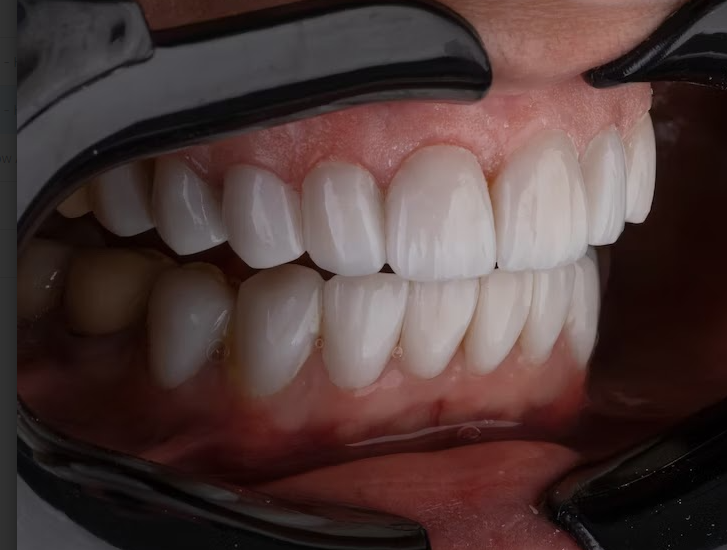The Dos and Don’ts of Teeth Whitening - How to Choose the Optimal Technique

Teeth whitening is one of the most popular procedures in modern aesthetic dentistry, as the number of patients dissatisfied with the color of their teeth grows every year. Beautiful white teeth are a sign of good health, a symbol of well-being and prosperity. However, the procedure has a number of contraindications and can be quite aggressive towards the enamel.
Indications for Teeth Whitening
A change in the color of teeth can be the result of a variety of reasons, ranging from hereditary predisposition to poor oral hygiene skills. Indications for its implementation may be as follows:
- Enamel pigmentation;
- Tetracycline teeth;
- Spotted and dashed forms of fluorosis;
- Age-related changes;
- Post-restoration treatment.
The effectiveness of whitening depends to a large extent on the cause of the discoloration and the choice of technique. Tooth discoloration associated with surface staining, age-related changes, staining of the dentin from the pulp chamber respond well to most of them including Glo teeth whitening.
A significant tetracycline color change requires aesthetic correction or the installation of veneers. Preliminary whitening reduces the need for deep preparation of the hard tissues of the tooth before the installation of veneers.
Teeth whitening in fluorosis with multiple point lesions of various colors is combined with microabrasion. Whitening may also be required after restorative work, when the shade of the restoration is lighter than the patient's natural teeth.
Contraindications for Teeth Whitening
Teeth whitening is not for everyone. There is a list of contraindications to the procedure.
- Concomitant diseases (diabetes mellitus, neuropsychiatric and cancerous diseases);
- Age up to 12 years;
- Pregnancy and lactation period;
- Multiple cavities on teeth;
- Diseases of periodontal tissues that need to be treated;
- Temporary teeth;
- Erosion of the enamel.
- Amelogenesis imperfecta and dentinogenesis disorders;
- Pulpless teeth;
- An allergic reaction to whitening chemicals and materials (peroxide compounds, latex).
- Enamel hypoplasia;
- Cracks in the surface of the enamel;
- The presence of exposed necks of teeth, erosion, etc. (in this case, whitening may lead to the development of increased sensitivity of the teeth);
- The patient undergoes a course of orthodontic treatment (teeth will whiten unevenly);
- Unsanitized oral cavity.
- Smoking (the discoloration may even become worse after bleaching).
The Alternatives to Aggressive Whitening Treatments
Whitening shows excellent aesthetic performance, but does not always allow maximum preservation of tooth tissue. If conservative methods of treating discolorations in aesthetic dentistry are not available, the dentist may recommend the following procedures:
- Professional oral hygiene
Dental cleaning by a hygienist allows you to achieve an aesthetic result, although it is not whitening. With the help of the procedure, you can remove everything that gives external staining - plaque, tartar, but it is not effective in the case of internal staining.
- Home whitening systems
The use of low-concentration bleaching solutions and gels allows whitening at home. Modern home whitening systems improve the color of teeth in 2-4 weeks.
- Use of innovative toothpastes
Special toothpastes contain aluminum oxide, silicon dioxide and calcium carbonate. These components have a more gentle abrasive effect on tooth enamel.
The selection of alternative methods should be carried out exclusively by a dentist who observes the state of the patient's oral cavity.
What Can Become an Obstacle to Teeth Whitening
In some cases, dental fillings can become an obstacle, if they are located in the teeth of the front row. After whitening, the teeth will become one shade, and the filling another. For the same reason, whitening is not carried out if a crown is installed on the front teeth, because it does not change its color and after the procedure it will differ significantly from other teeth.
However, today there are ways to whiten teeth with fillings and crowns. They are more expensive than classic whitening and take longer. This procedure includes cleaning, whitening and restoration, during which fillings and crowns that do not match the color of the rest of the teeth are replaced.
Post a comment